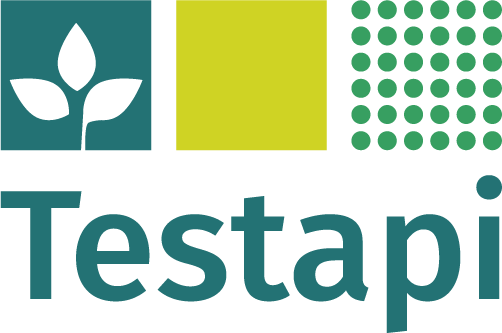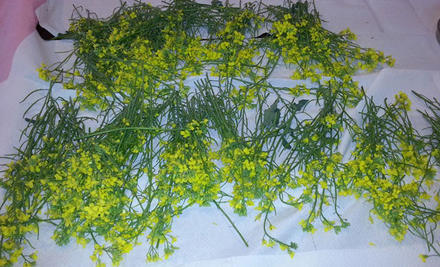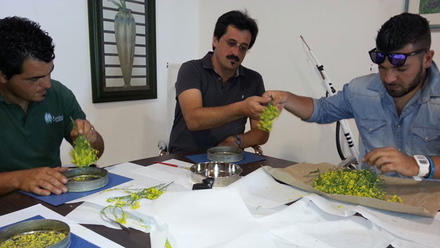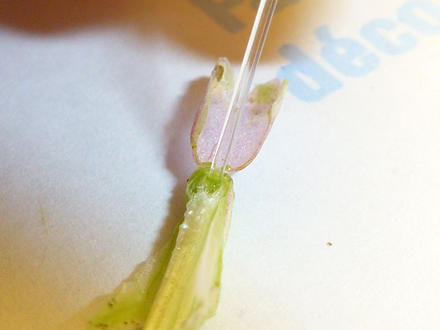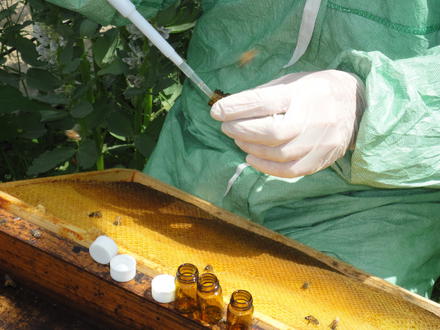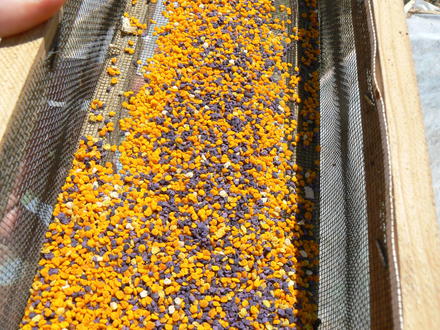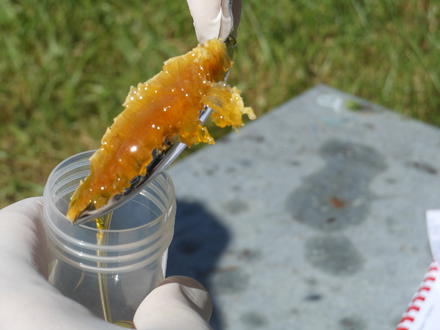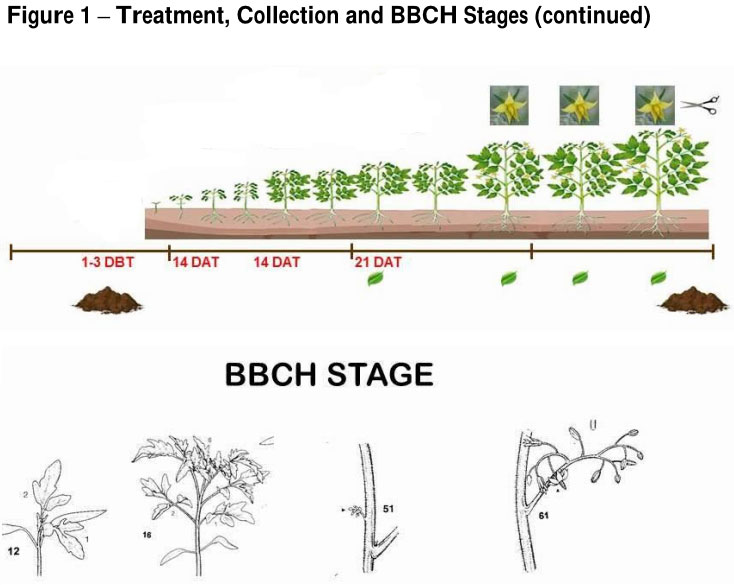Pollen and nectar studies
Thanks to its core expertise in the pollinator domain, Testapi has developed technologies to run and manage pan-European GLP residue studies in pollen, nectar, flowers, honey matrices.
Assessing risks to populations from multiple stressors is a great challenge because of the considerable uncertainty about how such assessments should be conducted.
Assessment of the toxicity of individual pesticides to pollinators is routinely assessed; and last EFSA publication on risk assessment of PPP includes several pollinators (like honeybees, bumble bees, solitary bees). Furthermore: several new scientific publications underline the need for the use of realistic exposure levels and routes in studies.
A more precise estimate of the potential exposure in nectar and pollen is a good way to refine these risk assessments.
In order to meet the increasing demand related to the environmental requirements: TESTAPI staff has developed, during the last years, its expertise on pan-European GLP residue studies in pollinator matrices (pollen, nectar, honey, etc.). Thus, it was necessary to adapt the sampling methodology also according to the specific morphology of the different plant species and their various pollen and nectar yields.
Sampling methods can -for example- include manual sampling methods as centrifugation, using vibration, or sampling of stored pollen and also sampling methods which uses the foraging bees or bumble bees.
This broad range of methods and knowledge allows TESTAPI the successful management of GLP residue studies (pollen, nectar, flowers) in many different crops and in multi-site studies to cover regulatory areas in the north and south of the European Union.
Depending on client demand, it is also possible to define specific protocols to meet specific expectations and needs.
